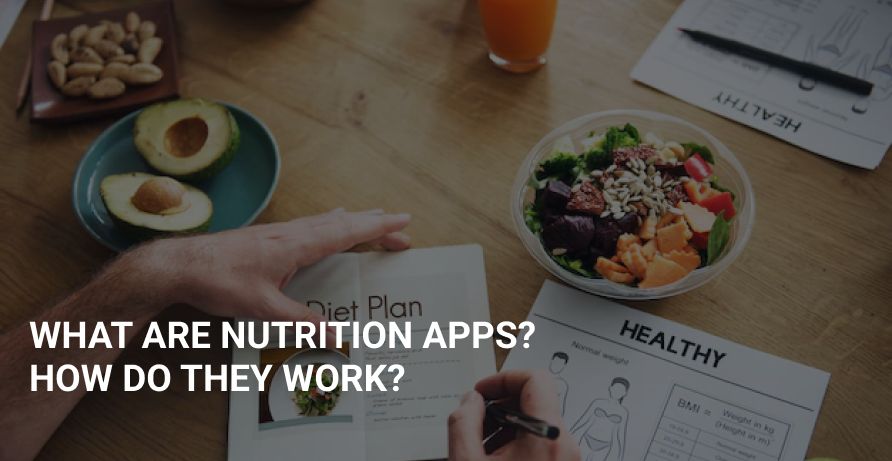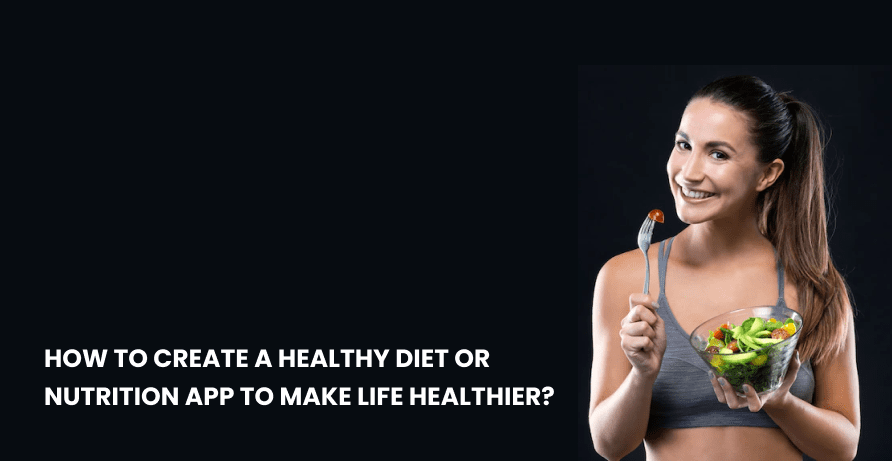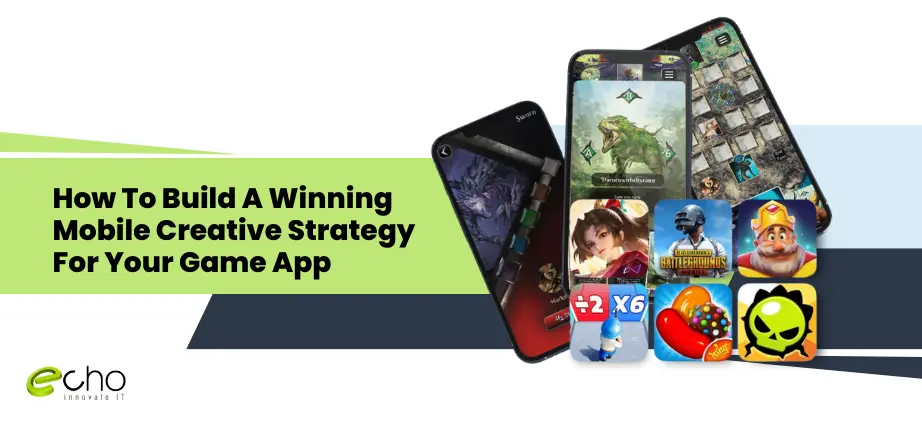With the rise of technology, our generation has become less active. Due to the cost of app development technology, people don’t have to do as much physical work, which is at the heart of many problems. Recent research suggests that people may be more likely to use nutrition apps that have a clear goal, can be customized, and have a large database of foods. As of now, living a healthy lifestyle is fairly popular. People are quite conscientious of their eating habits, and they monitor their food using a remarkable nutrition tracking app developed by Healthy Eating Diet Apps Development firms, as well as their workout routines utilizing smart lifestyle apps and devices. Diet and food tracker apps play a crucial part in this effort by not only keeping its users aware of their health, but also by fostering a community of individuals who share information.
Make a healthy diet app like Lifesum that lets users count calories, make personalized diet plans, manage daily healthier lifestyle, get meal recommendations, track macros, find out more about their weight, body fat, waist size, and BMI, and get advices and responses on how to get better over time and start eating healthier.
Market Analysis
People are starting to use the healthy eating diet apps development more and more because it is so easy to use and convenient. Statista says that the revenue from the nutrition apps area will be around $631.83 million in 2021. Also, this market segment has a promising CAGR of about 6.10 percent from 2021 to 2025.
Aside from this, the number of users of diet and nutrition apps will reach about 9.94 percent by 2025. Based on these numbers, we can say that healthy eating diet apps development has a bright future. For this, now is the best time to develop healthy eating and diet app.
What Are Nutrition Apps? How Do They Work?

Increasing numbers of individuals are attempting to adopt a healthy diet and tracking their progress using nutrition apps. Due to the greater demand, companies want to enter the nutrition app by healthy eating diet apps development.
A user sets a goal, consisting of their present weight and the desired weight, in the app to scan food for calories or nutrition applications. The user then enters information on their activity and diet. The basic nutrition app then counts the intake and burned calories. Create an online diet plan based on the user’s information to help them achieve their health objectives.
How To Develop Diet & Nutrition Apps?

Market Analysis: You present your concept to the software development team at this point. At Echo Innovate IT, we assist our customers in determining the viability of their app concept by studying the market, the competition, and the intended audience. Then, we outline the product’s primary goals and core value. Then, we compose a product definition paper that describes how your application will operate.
Key Features
Registration and profile creation
Typically, registering is the first step users do in an app. At this point, users must provide their name, age, gender, weight, height, degree of physical activity, allergies, and dietary preferences.
Notifications
Push notifications are a useful strategy for enhancing user retention and engagement. To encourage users to continue working towards their objectives, you should provide updates on their progress toward the current goal and remind them to record their food intake.
Nutrition data intake
This choice represents the core of your solution. If users cannot rapidly input a meal, they will likely abandon the application. Planning and creating the input screen for a calorie calculator is crucial to the overall success of the project.
Recipe manual
Users will value the ability to locate healthy recipes in your app. Your recipes may incorporate images, videos, and even voice instructions. Allow users to rank and sort recipes by keywords, ingredients, categories, and calories.
Calorie counter
This functionality allows your app to compute the calories consumed and burnt by users depending on the data they have entered.
Incorporation of wearables
There are several trackers and wearables that can be integrated. You may link your app with Apple Watch, Android Wear, Jawbone, Fitbit, and Samsung Gear, for instance, to synchronize data on physical activity and health measurement.
Security
Mobile gadgets have become command centers. We keep contact data, private/business correspondence, images, videos, and login passwords. Once we develop healthy eating and diet app, we can track our routines, circumstances, and body measurements. With a smartphone, we may contact pals about our healthy objectives, consult a nutritionist, pay bills, buy online, and take an online course. Hackers are assaulting smartphone users and applications. Lack of sufficient security may cause harm from attacks and user distrust.
Business model for Lifesum
A good monetization program may expedite and simplify the process of investment return. You may choose the monetization strategy that best matches your application, but you will profit even more by using many methods.
In-app marketing
Once you develop healthy eating and diet app, effective advertising is the key to increasing conversions and monthly earnings. If you select in-app advertising, you may make consumers happy by displaying advertisements that are relevant to their requirements.
Freemium
Making basic functionality and features free while charging for premium features might attract a larger audience to your app. If you make a healthy diet app like Lifesum that meets users’ objectives and requirements, free users are likely to become paying subscribers. Freemium might be a solo monetization method or one of several.
App purchases
This monetization technique involves a one-time fee. When your app becomes commercial, give a trial period so customers may see whether it meets health goals. Depending on your aim, trial periods might be 5 days, 2 weeks, or 1 month. If you want to create a business app, it must be high-quality.
In-app purchases
High demand across gender, age, origin, and hobbies makes health-related apps simple to commercialize. Some features, such a fitness tracker or grocery list organizer, may be paid-for. In-app purchases may be boosted by an app’s shop or marketplace. If one step of a payment procedure is tough, a user won’t complete it.
Subscription
Subscriptions and memberships are effective strategies to commercialize diet and nutrition apps. Customizing membership packs and offering discounts will encourage customers to extend subscriptions and buy more costly packs. Offer weekly, monthly, or annual subscriptions to earn consumers’ confidence and prevent app cancellations.
Sponsorship
This business model matches health and nutrition. You may promote non-competitors by including their logos in your app. Gyms, firms that provide clothing, food, and supplements are great for nutrition-related apps. Mutually beneficial promotions are possible.
Types Of Nutrition And Diet Apps
There are a variety of diet applications accessible on the AppStore and Google Play. These applications have little differences in their core functioning. Additionally, they appeal to distinct target populations. We have compiled a list of the most popular diet and nutrition smartphone applications.
Calorie calculating apps
The primary purpose of calorie calculator applications, as the name indicates, is to count calories. In this application, the user inputs his or her target weight. Later, they provide more details, such as their hobbies and the foods they eat. The application calculates the amount of calories ingested and burned, then provides nutritional suggestions based on a comprehensive food database.
Apps for meal preparation
Meal planning apps vary from its predecessors in that they track their users’ caloric intake even before they eat. This program requires users to provide information such as their ideal weight, diet, and food preferences. The program then generates a diet chart for a day, week, or month based on the information entered.
Niche diet tracking apps
A mobile solution for diet monitoring may be useful for those with particular food preferences or likes. Therefore, if a user is a vegetarian, has diabetes, or is pregnant, they may classify foods depending on their own circumstances.
Fitness-focused apps
Some nutrition applications heavily emphasize physical activity and exercise monitoring. In part because proper nutrition requires monitoring not just intake but also burned calories. A portion of this is due to the fact that it’s really easy to have exercise training and dietary advice in one package.
Wager apps
By far the greatest motivator for weight reduction is financial gain. The solution to this problem is betting applications. In this application, the user wagers a specific amount of money that he will reach a given weight target within a certain time frame. If they drop this amount of weight, they get their money back; otherwise, they lose it.
Cost To Develop An App Like Lifesum
Due to the strong demand for the diet and nutrition monitoring software, you require a team of qualified individuals to do the work on your behalf. Although calculating the exact cost of a diet and nutrition app is almost impossible, we can identify the aspects that influence the pricing of these applications. Consider the cost estimation factors:
Features
If the app owners want to retain more complex capabilities, it will be more expensive than an MVP, which is restricted in terms of functionality.
Timeline
The time required to design the application has a significant impact on the budget.
Complexity of the App
The more the app’s complexity, the more it will cost to build. For example, integrations with other parties.
An MDP (minimum delightful product) edition of a nutrition application will likely cost around $46,000, while a fully-featured software would total $80,000.
Conclusion
Make a healthy diet app like Lifesum that will stay popular for many years as the bulk of the public grows more concerned with their health. Numerous people live in polluted environments and consume items containing various pesticides, chemicals, genetically modified foods, etc., while urgently attempting to protect their health, which creates favorable business circumstances.
To do all of this, you would need the assistance of a mobile application development company capable of delivering it at a low cost. Echoinnovate IT is a team of skilled specialists that will fulfill all of your needs with their superior abilities and cutting-edge technology.
FAQs
What are the stages of health eating diet app development?
How long does it take to develop diet and healthy eating app?
Between four to six months. A minimum viable product may be developed within a 30-month time span.
Can I transform my health app into a fitness app by adding certain features?
It depends on how effectively features for workouts are integrated with the nutritional aspects of the app.



